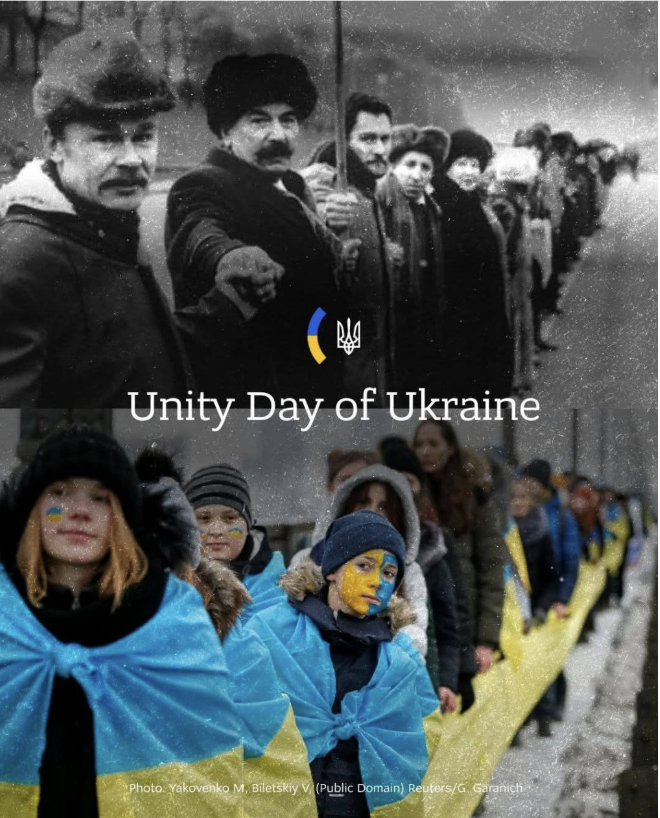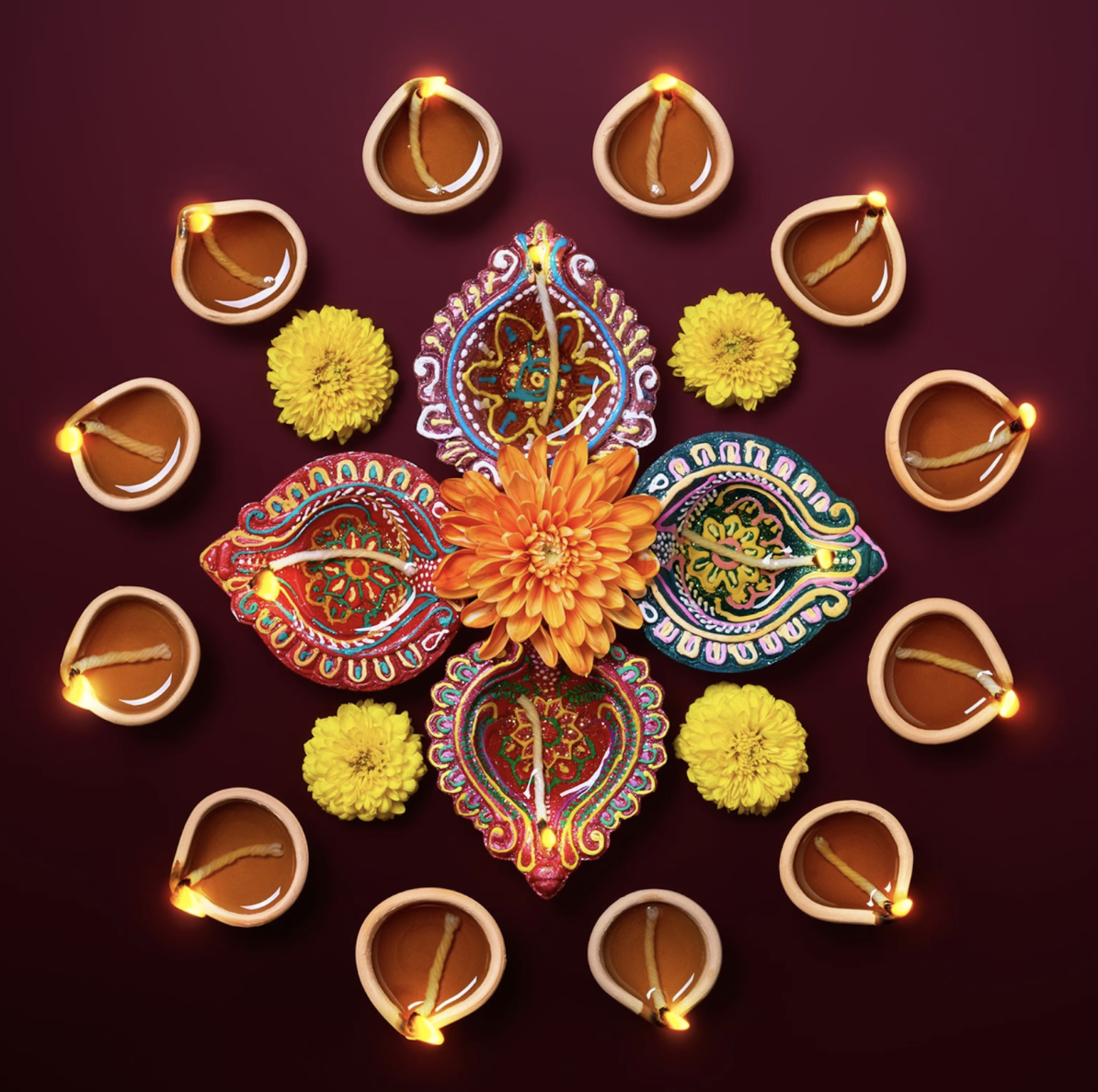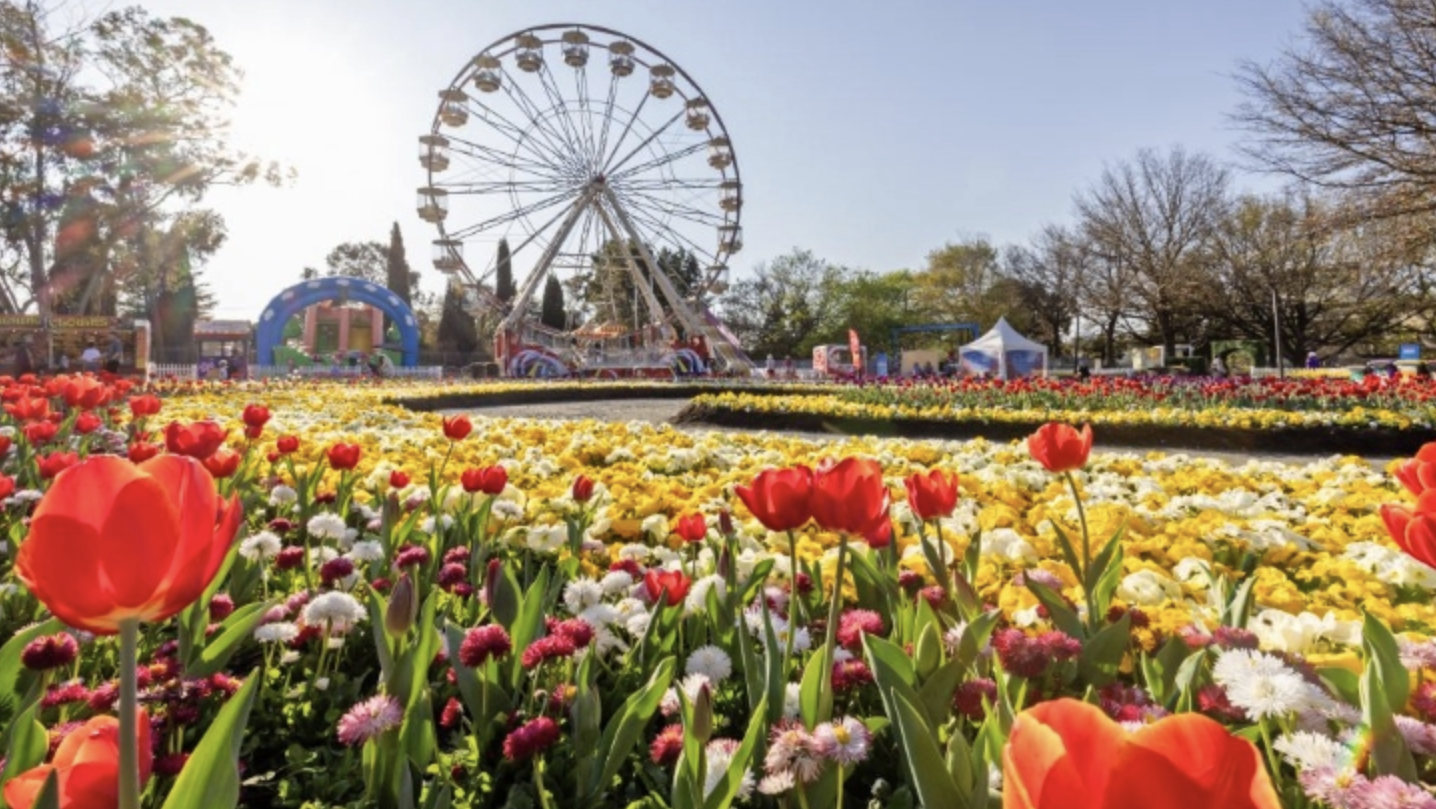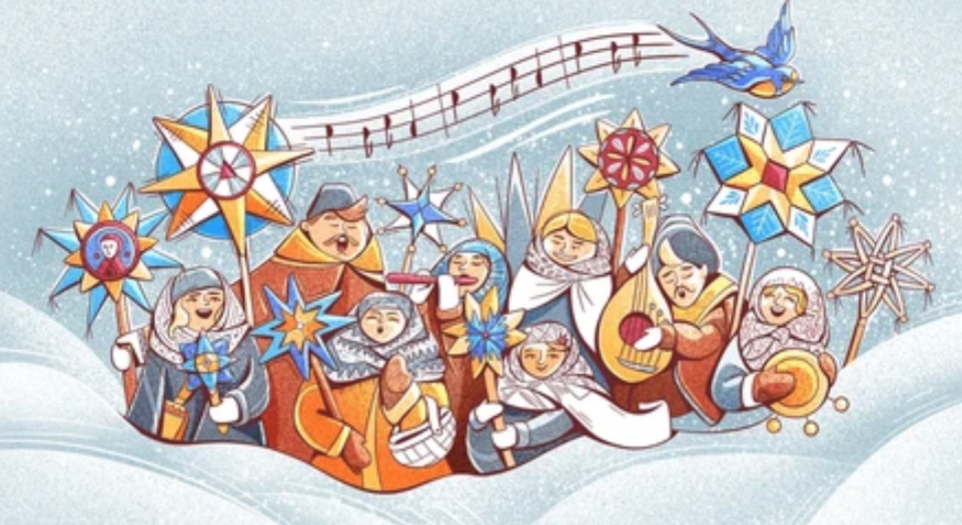By: Mariia Bublykova, Year 12
Each year, on 22nd of January, Ukrainians across the world come together to celebrate a holiday that marks an important moment in the evolution of Ukrainian statehood- Ukrainian Unity Day. Despite gaining major recognition in the last few decades, the celebration’s origins date back to 100 years, circa 1919.
In order to truly understand what is being celebrated during Ukrainian Unity Day, we have to go back to where it all started. In the city of Kyiv, on the 22 of January 1919, during the aftermath of the collapse of the Russian and Austro-Hungarian empires, two Ukrainian states, the Ukrainian People’s Republic and the West Ukrainian People’s Republic signed the Unification Act (Act Zlyky). Here in St Sofiivska Square, Kyiv, the General Secretariat of Ukraine proclaimed the Ukrainian People’s Republic an independent, sovereign state of the Ukrainian people in the “Universal of the Directory of the Ukrainian People’s Republic”.
January 22, 1919, Sofiivska Square, Kyiv
General Secretariat of Ukraine, 1917
This act of unification may be viewed as a spontaneous decision, but instead, it held methodical reasoning behind it. It was designed to reconnect the two states, formed on the ruins of the newly fallen empires, yet united by the aim of creating a sovereign, unified Ukrainian state. It was one of the main effects of the development of the Ukrainian national identity that rose to prominence in the 19th century, largely thanks to the Ukrainian economic and academic elites, countless universities, and associations. Among many others, Mykhailo Hrushevsky – the first, and only president of the UPR, one of the founders of Ukrainian historical science and author of numerous historiographic works, such “History of Ukraine-Rus”, justified Ukraine’s right to claiming statehood.
Mykhailo Hrushevsky (1866-1934)
Ever since declaring independence for the Ukrainian People’s Republic from the Russian Empire, the Russian state declared separation and soon launched the imperial and later Bolshevik armed forces to re-conquer the territories. Despite gaining recognition from the Central Powers, after Germany and Austro-Hungary lost WW1 and their support for the UPR weakened. Furthermore, under the pressure of the Bolshevik armed forces, in 1919, Ukraine was recognized as part of the Soviet Union (Ukrainian Soviet Socialist Republic 1919-1991). It was not until the late 1980s, under the Perestroika, when the decline of the Soviet Union pushed Ukraine towards independence. On January 22nd of 1990, on the 71st anniversary of the Unification Act, thousands of people from all over the country joined hands between the cities of Lviv and Kyiv (the former capitals of the UPR and WUPR) forming the human chain of unity.
A “human chain” in the capital of Ukraine, stretching to Lviv and then to Ivano-Frankivsk. Kyiv, January 21, 1990
“Living chain” in Kyiv
“Living chain” in Lviv
Representatives of the Donetsk and Kharkiv delegations at the “Living Chain” in Kyiv. The banner reads: “Kharkiv and Donetsk have always been Ukrainian”
Ever since, the “living chain” has become a staple in honoring Ukrainian historical and cultural heritage, as well as the act of unification in the face of threat, to preserve one’s freedom and national identity. This is recreated every year not only on the streets of the major and smaller towns in Ukraine but in many large cities worldwide. The events additionally incorporate different elements of Ukrainian culture, such as traditional songs and music performed by professional musicians, as well as everyday people singing together in the crowds.
Celebration of the Unity Day of Ukraine in London, 2025
Each year, Ukrainians worldwide celebrate not only the act of unification of the Ukrainian People’s Republic, but also their country’s culture and history. Honouring the long and difficult route it took for the country to gain independence. It is a central feature of this tradition to pay homage to previous generations and to remember the importance of remaining united in the face of hardships that come along the way.
https://gdb.rferl.org/0145f5ce-9452-4ecb-a39c-3fd844f0c6e5_w650_s.jpghttps://i.ytimg.com/vi/k4QQX6gJO8M/hq720.jpg?sqp=-oaymwEhCK4FEIIDSFryq4qpAxMIARUAAAAAGAElAADIQj0AgKJD&rs=AOn4CLC_jGrAhrVEphBYx6_Lr07VAV56IA



